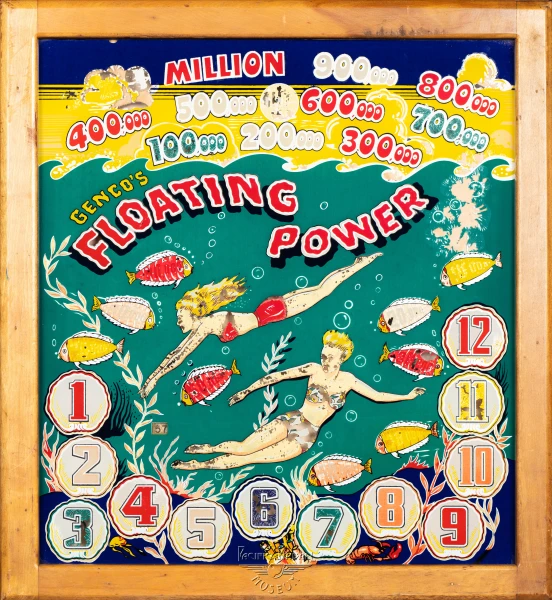Floating Power
Floating Power Preview Image

Machine Details
Manufacturer
n/a
Year
n/a
Technology Era
n/a
Machine Description
Content Under Review
Help us improve this content
Your support accelerates our content verification efforts.
Support Our WorkFloating Power, released by Bally Manufacturing in 1936, was one of the company's notable pre-war pinball machines that helped establish several conventions in early pinball design. The machine's name was likely inspired by Chrysler's 'Floating Power' engine mount technology that was revolutionary in the automotive industry at the time, reflecting the era's fascination with mechanical innovation.
The game featured a traditional wood rail cabinet with art deco styling typical of the 1930s period. Like other machines of its era, Floating Power utilized mechanical scoring and simple electrical circuits for basic features. The playfield likely included rubber bumpers, kickout holes, and metal rails, though it predated the invention of electro-mechanical flippers (which weren't introduced until 1947).
As one of Bally's pre-war offerings, Floating Power represents an important transition period in pinball history, when games were evolving from simple bagatelle-style mechanical devices into more sophisticated electrical amusements. The machine would have been operated by inserting a penny or nickel, with players using a mechanical plunger to launch balls onto the playfield.
While specific production numbers are not well documented for machines of this vintage, Floating Power was likely manufactured in limited quantities due to the economic conditions of the late Depression era and the approaching materials restrictions of World War II. Today, surviving examples of Floating Power are considered valuable collectibles that provide insight into early pinball development.